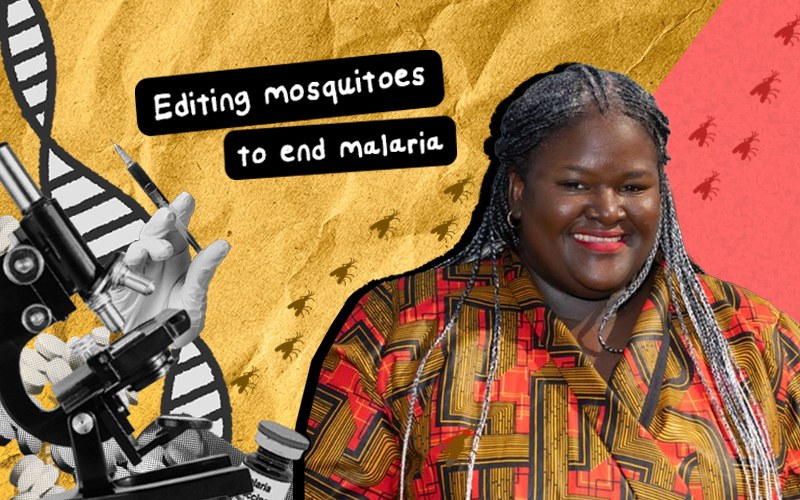By
“As a global community, we had said we’d like to eliminate malaria by 2030,” said Krystal Birungi, a field entomology coordinator for Target Malaria Uganda.
But we are currently off-target from that goal. Insecticide and drug resistance are two large reasons why, since they enable malaria-carrying mosquitoes to adapt to current prevention efforts.
Birungi and her team at Target Malaria are working on creating genetic technology to eradicate the disease.
Because malaria is spread by female mosquitoes, the team is using what is called a gene drive to alter their genetics. This means that, when eggs are laid, they’re mostly male rather than female. The genes will pass down from generation to generation, increasing the ratio of male mosquitoes to female ones. They also use this technology to pass along female infertility as a genetic trait, in order to create self-sustaining controls on malaria-carrying mosquito populations.
While many may feel removed from the realities of malaria, Birungi emphasizes that it is a large issue in Africa. Many families there fear the death of their children and family members by the disease — especially in households without the means to afford insecticides or mosquito nets for protection.
Defeating malaria is going to require a global effort, Birungi believes. “Let’s not wait until we have a million more deaths. Because that is what it is — like, for as long as we don’t eliminate it, it’s lives,” she said.






